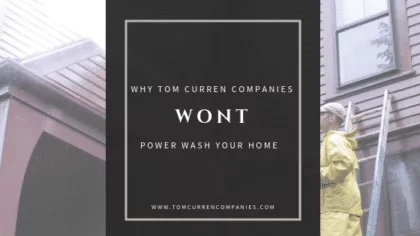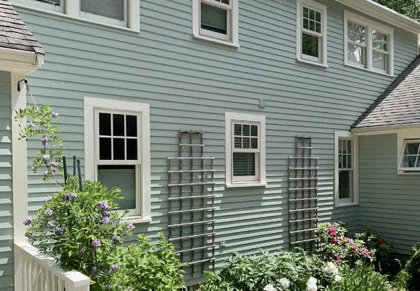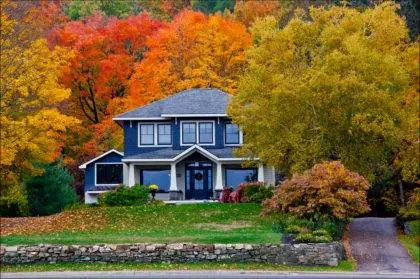Blistering Paint

You know what paint blisters look like: suddenly your smooth finish looks like the surface of the moon, pocked by unsightly bubbles that lift the paint film off its surface. But why? Well, paint blisters are typically attributable to one of two common issues—heat or moisture—and, much of the time, the problem can be sourced back to poor prep work and insufficient preventative measures (painting over damp, hot, or unclean surfaces). Given the extreme changes in weather that your paint must endure, proper application is essential. Surfaces, after all, can be finicky. Painting in direct sunlight, when it’s simply too hot out, is often the culprit when it comes to heat blistering. The National Decorating Products Association describes the underlying process of heat blistering this way: “The film dries too rapidly, and trapped solvents later vaporize,” pushing the topcoat up off your walls.
The NDPA also notes that heat blistering is “more common when using a dark color coating, since darker colors absorb the heat more readily than lighter ones.” On the other hand, blistering can also be caused by high moisture levels. There are a few reasons this might happen—painting, say, shortly before or after a storm, during periods of very high humidity, or in a poorly-ventilated space. Another reason is a kind of long con that the winter can perpetrate on your paint job. In colder months, moisture builds up inside a house, and that moisture eventually migrates through your walls, pushing paint off exterior surfaces.
So how to proceed?
First, you need to know what type of blistering you’re dealing with. To do that, start by breaking open one the blisters: if you see bare wood, you’re dealing with a moisture problem; if you see another layer of paint, you’re dealing with a heat problem. The solution for moisture-based blistering is to sand and scrape the current finish off until you’re left with just the bare surface. After that, you can oil prime the area and repaint. You might also want to consider removing all clapboard and shingles from your exterior and installing a new vapor barrier to help protect against future blistering. If, however, you’re dealing with heat blistering, you can simply repaint without priming— just make sure not to repeat the original problem, and paint in optimal (rather than overly hot) weather.
READ OUR
Related Articles
Locations






